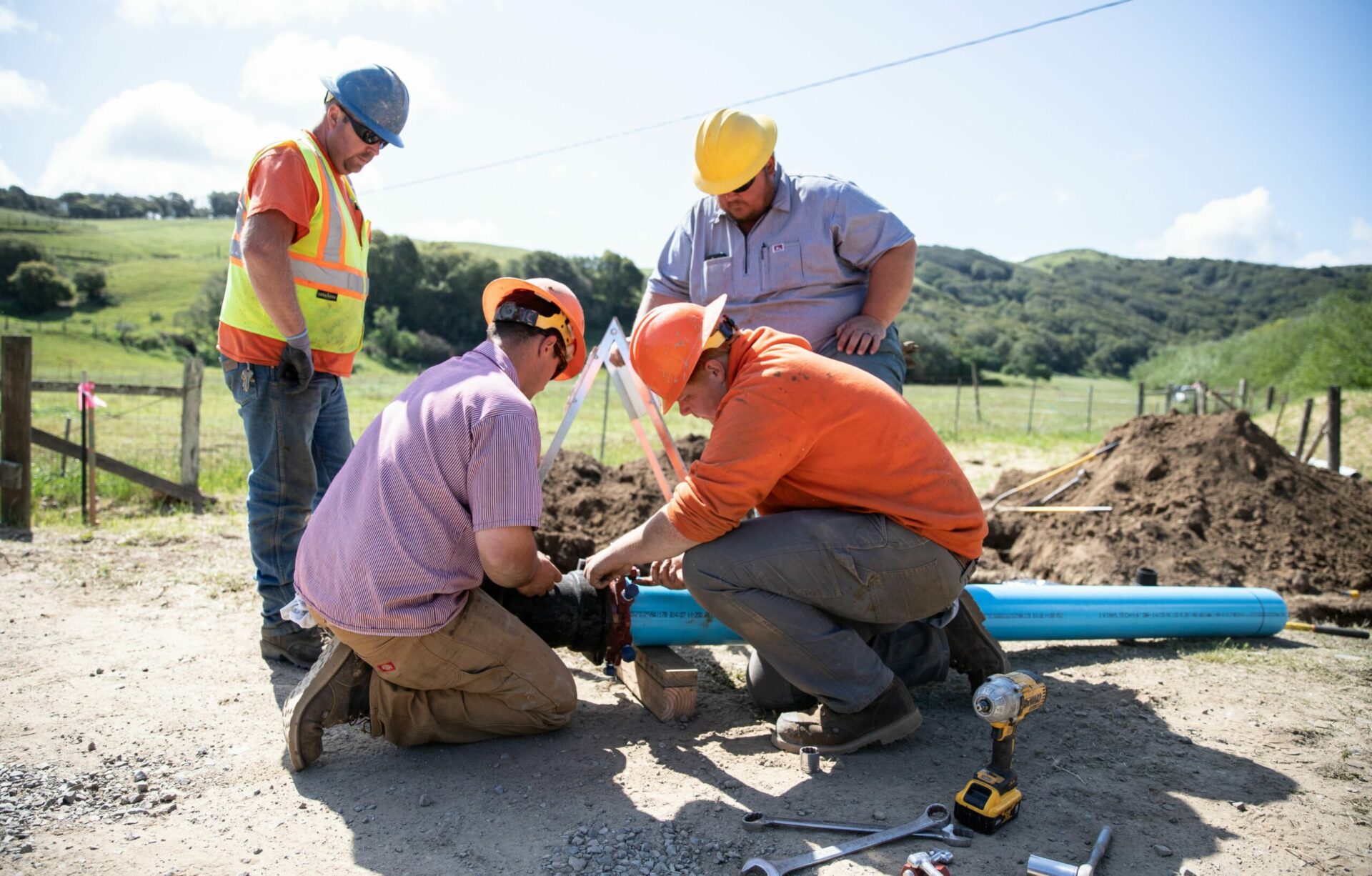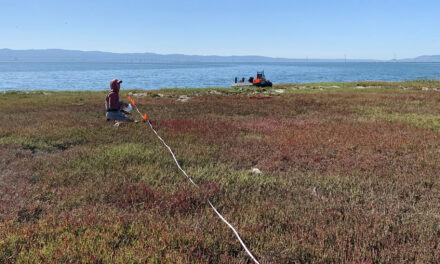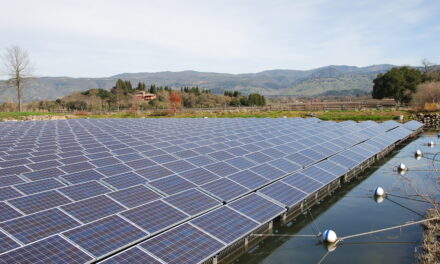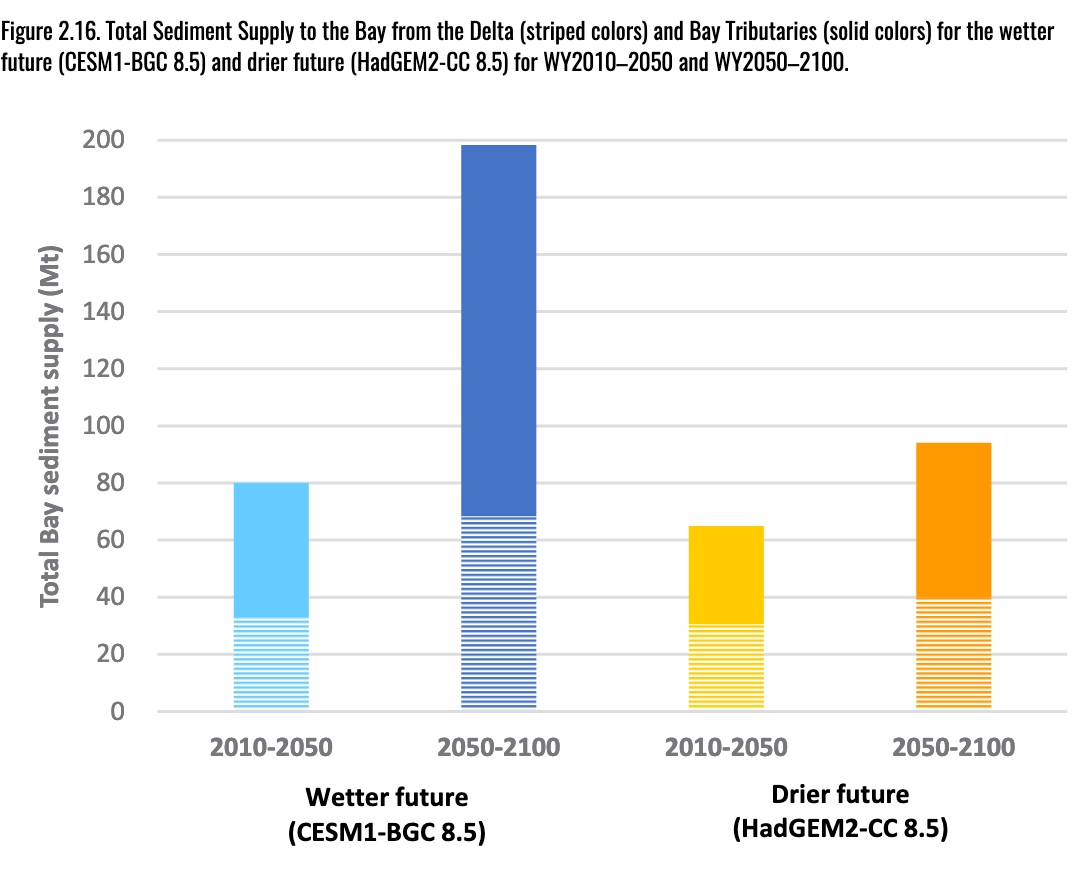Sinking and Sharing a New Well
Construction is wrapping up on a new well in Marin County that will supply drinking water to Point Reyes Station, Olema, Inverness Park, Paradise Ranch Estates, and Bear Valley. It will also allow the North Marin Water District to transition away from its dependence on aging wells that are situated in places where seasonal high tides (and rising sea level) can cause increased salinity in tap water.
And the new well continues a ranching family’s commitment to sharing its water wealth.
To build the well, the water district activated language in an agricultural conservation easement to secure the land along Lagunitas Creek, which is part of the Gallagher North Bend Ranch.
“We kind of knew, historically, there’s not that many other good sites,” says Tony Williams, the general manager at North Marin Water. The Gallagher ranch was already home to one municipal well, thanks to a relationship with North Marin Water that goes back decades. The family knew a second well might be needed, so while working with the Marin Agricultural Land Trust (MALT) to put a conservation easement on some of their property, the Gallaghers included provisions for a second well.
“It’s a pretty atypical thing for an agricultural conservation easement to have the ability to add a municipal well,” says Zach Mendes, acting director of conservation at MALT. “The water district, MALT, and the family worked together to make sure that the easement language would actually allow for it.”
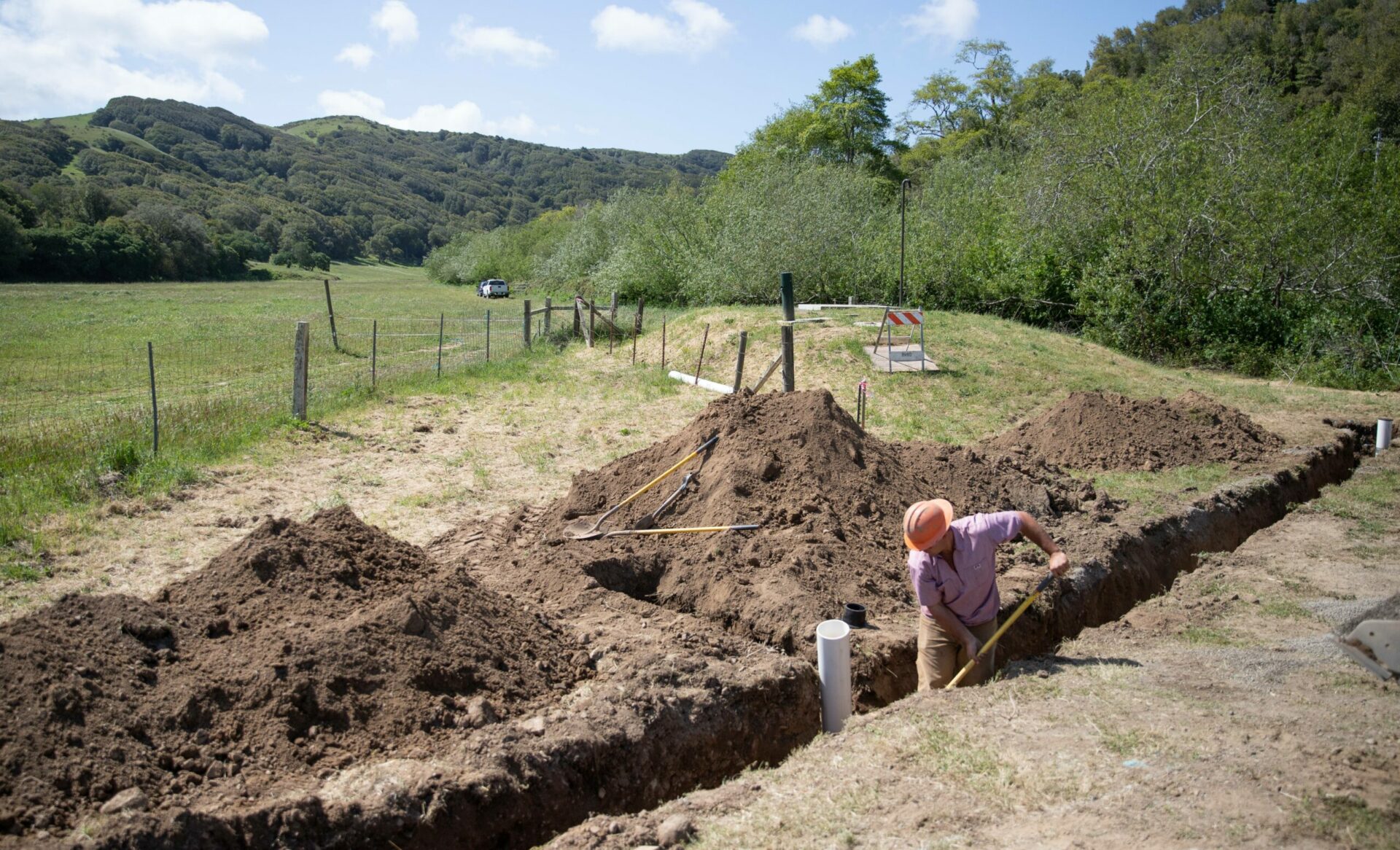
Ditching connecting lines to the new water source. Photo: Matt Dolkas.
MALT also funded stabilization work along the Lagunitas Creek bank and planting of willows and native grasses through its Stewardship Assistance Program.
Williams expects the well to be completed, permitted and operational sometime this fall, joining the existing Gallagher property well, which has been in operation since 2015. Together, he says, they “will likely become our day-to-day wells.”
Mendes says while unusual, the arrangement ensures the continuation of agricultural operations on the property even as the same land contributes to drinking water into the future.
The Gallagher family has ranched for more than 140 years on 330 acres that include the bend for which the ranch is named, with Lagunitas Creek running through the property. In addition to partnering with the water district on the municipal wells, the family also has a history of generosity with its own well water. During drought conditions last summer, routine testing required them to run their well continuously for ten days. So they captured the water in a large tank and let neighbors come and truck away what they needed for their parched land.
Other Recent Posts
Assistant Editor Job Announcement
Part time freelance job opening with Bay Area climate resilience magazine.
Training 18 New Community Leaders in a Resilience Hot Spot
A June 7 event minted 18 new community leaders now better-equipped to care for Suisun City and Fairfield through pollution, heat, smoke, and high water.
Mayor Pushes Suisun City To Do Better
Mayor Alma Hernandez has devoted herself to preparing her community for a warming world.
The Path to a Just Transition for Benicia’s Refinery Workers
As Valero prepares to shutter its Benicia oil refinery, 400 jobs hang in the balance. Can California ensure a just transition for fossil fuel workers?
Ecologist Finds Art in Restoring Levees
In Sacramento, an artist-ecologist brings California’s native species to life – through art, and through fish-friendly levee restoration.
New Metrics on Hybrid Gray-Green Levees
UC Santa Cruz research project investigates how horizontal “living levees” can cut flood risk.
Community Editor Job Announcement
Part time freelance job opening with Bay Area climate resilience magazine.
Being Bike-Friendly is Gateway to Climate Advocacy
Four Bay Area cyclists push for better city infrastructure.
Can Colgan Creek Do It All? Santa Rosa Reimagines Flood Control
A restoration project blends old-school flood control with modern green infrastructure. Is this how California can manage runoff from future megastorms?
San Francisco Youth Explore Flood Risk on Home Turf
At the Shoreline Leadership Academy, high school students learn about sea level rise through hands-on tours and community projects.






